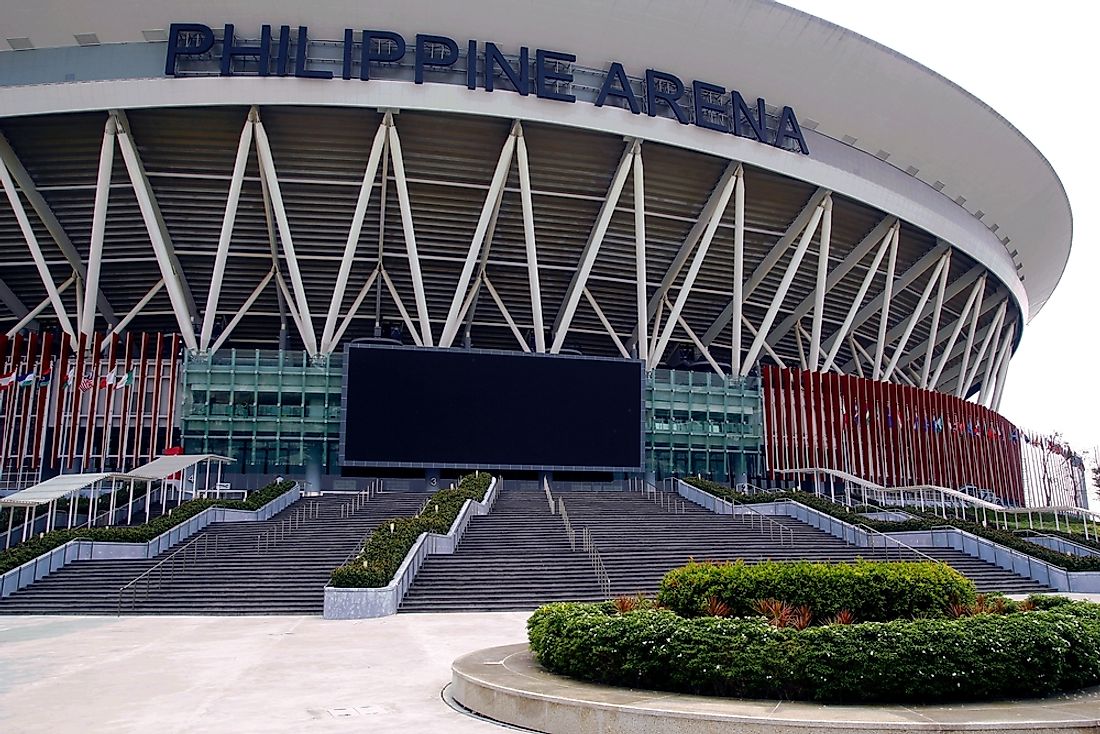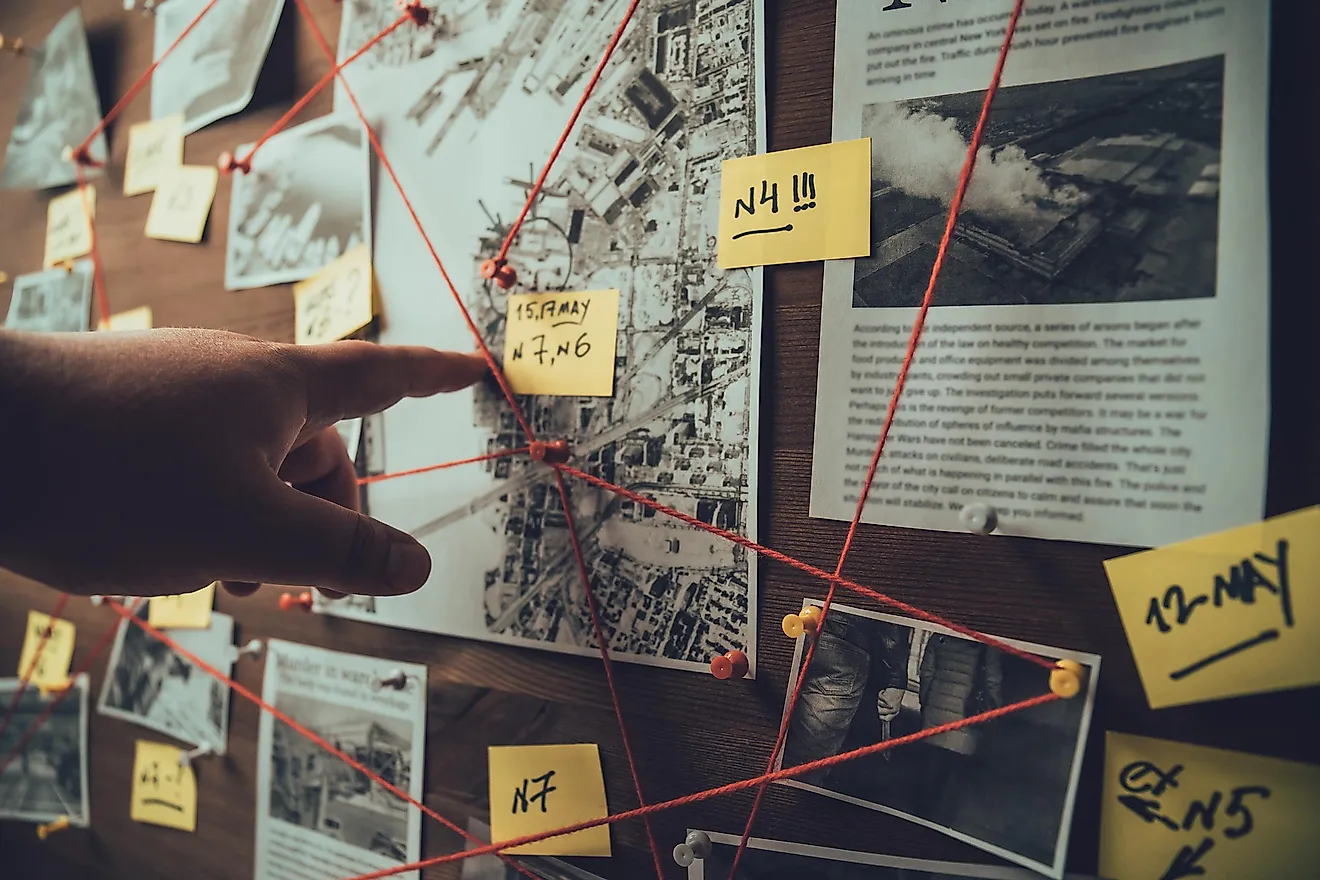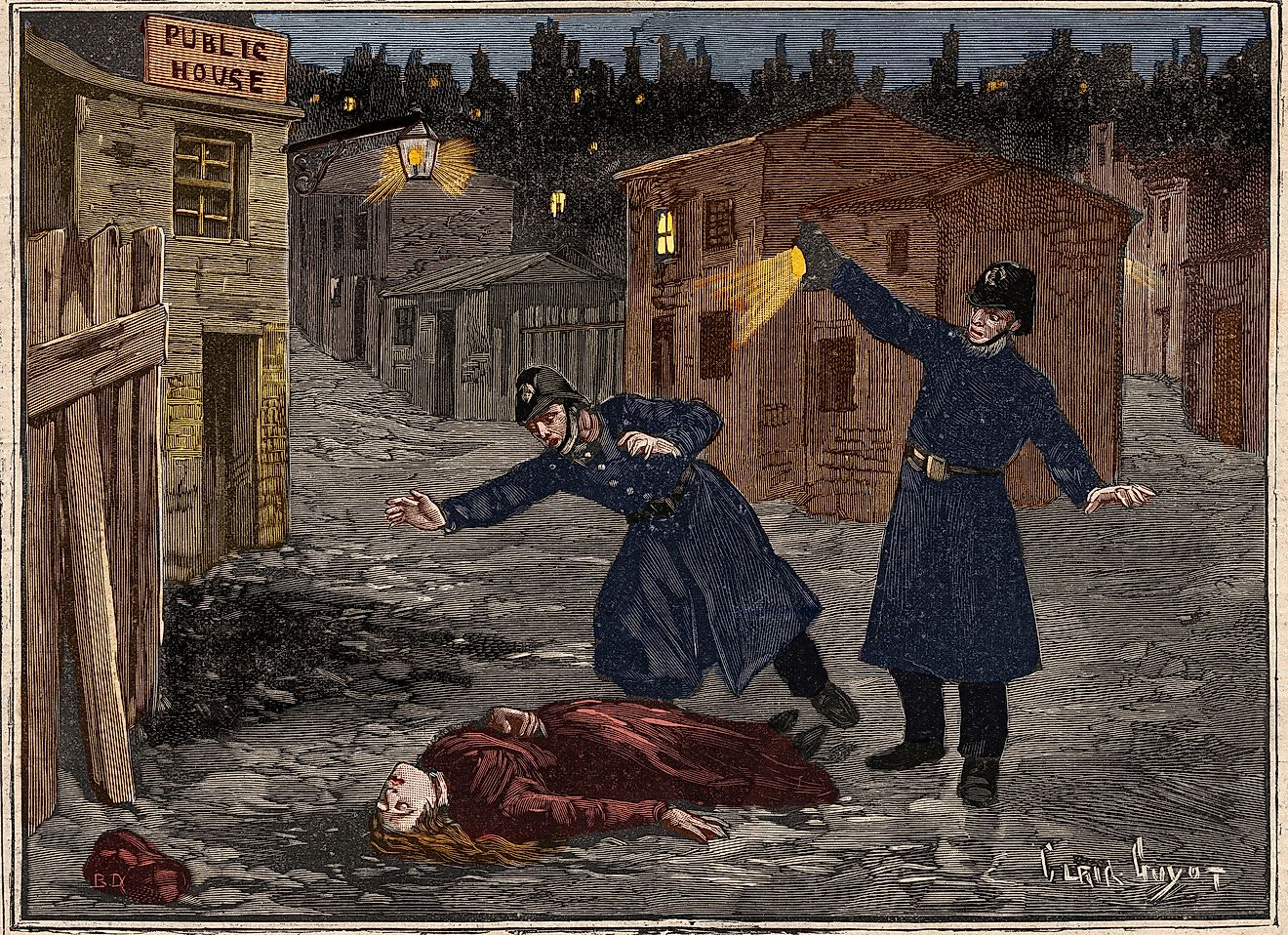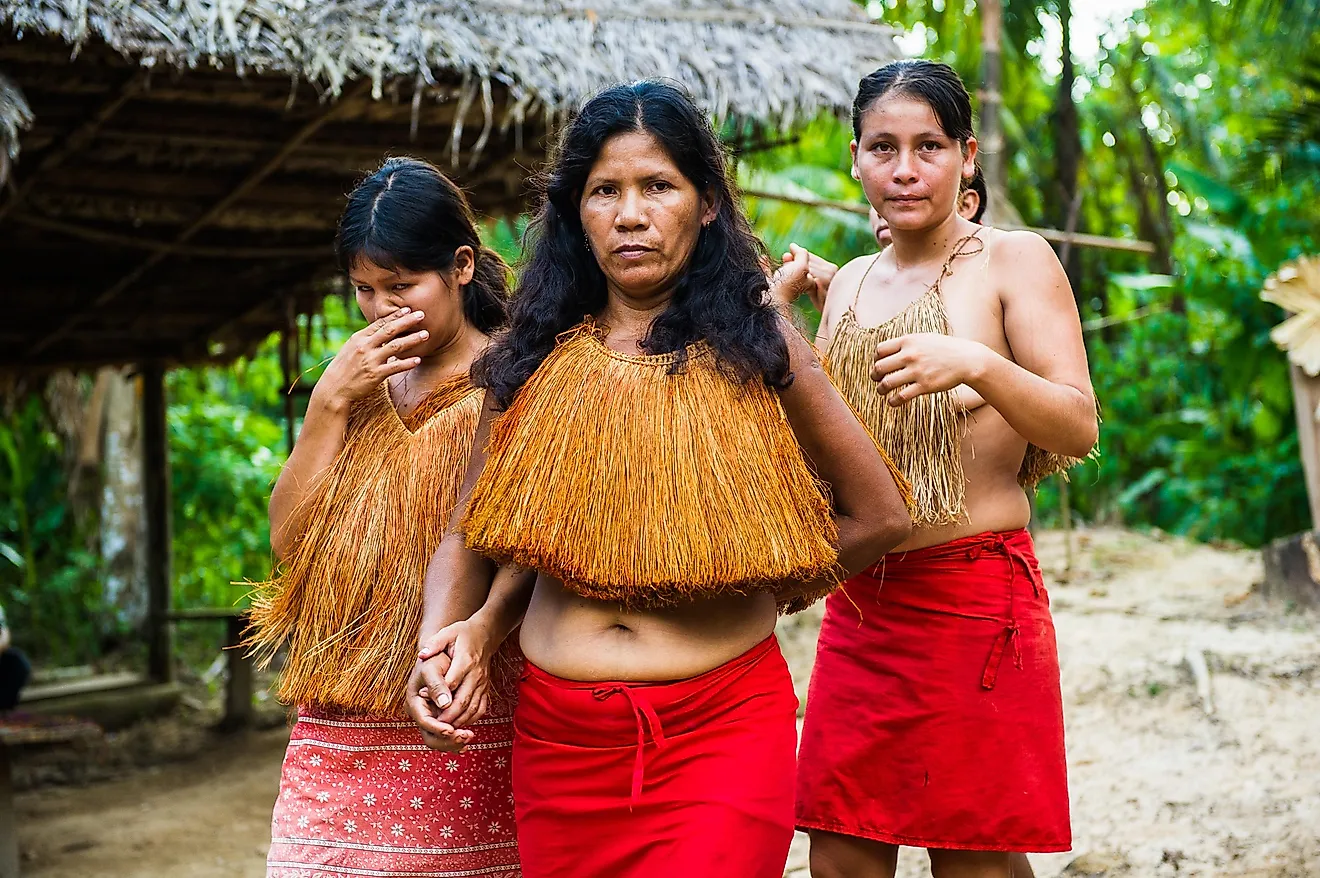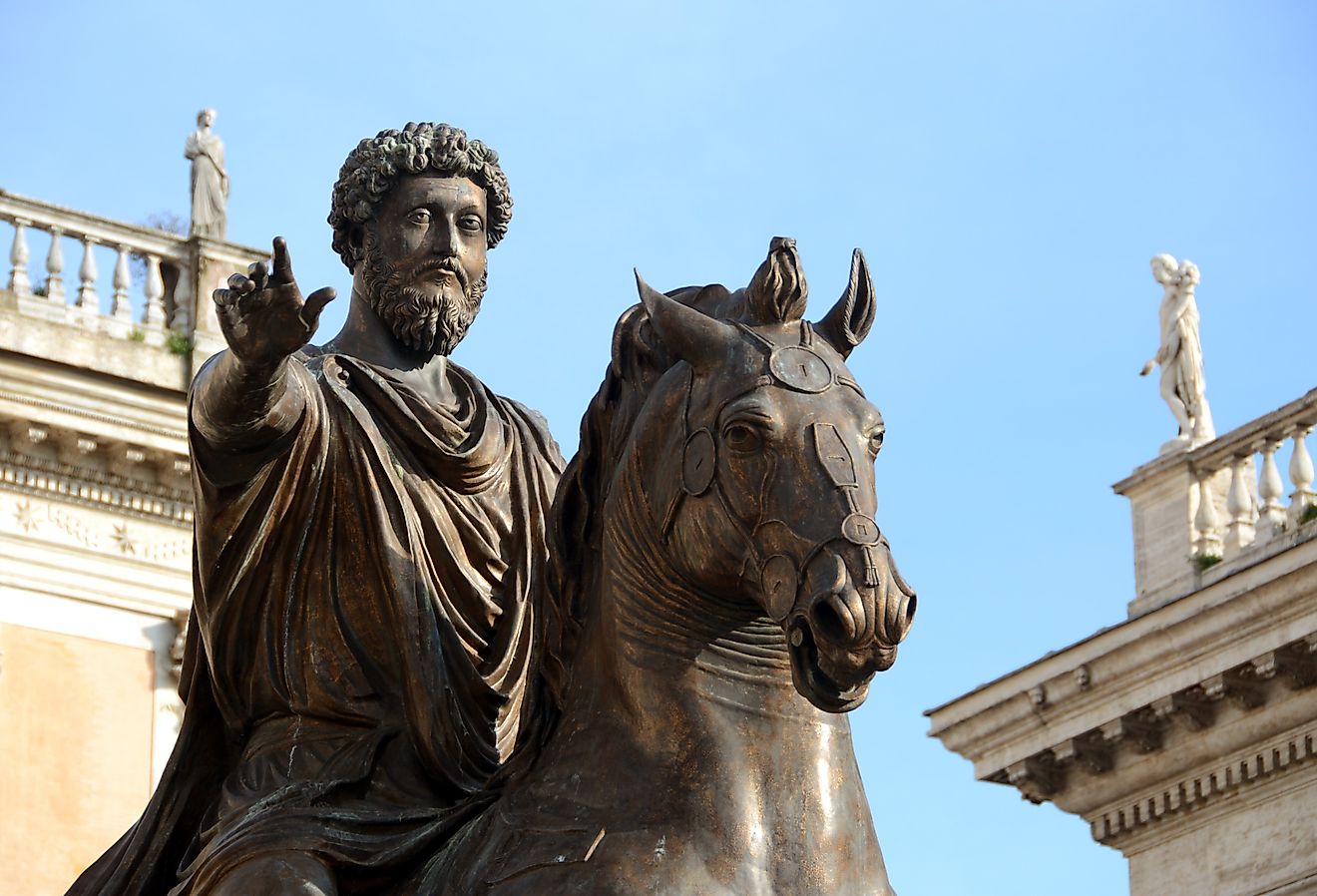Brief Biography of Pancho Villa

Born as José Doroteo Arango Arámbula, on June 5, 1878 (San Juan del Rio, Durango, Mexico), Pancho Villa is perhaps one of the most interesting figures in Mexican history. Adored by the poor and fiercely hated by the rich and powerful, Villa was an inspiration for many publications and movies decades after his death. Pancho Villa helped lead not only the great Mexican Revolution but many other rebellions with the goal of helping those in need. Throughout his life and afterwards, his persona carried almost mythical proportions across the world.
Mexican Robin Hood
Having been born into the lower class of workers in the late 19th century, young José was a living witness to the harsh conditions in which people like him and his family were forced to live. The poor had no choice but to work within the hacienda system, making them easy marks for the landowners who exploited their hard work while having to provide nothing more than sheer sustenance to keep them alive and working.
When Villa was a young boy of merely 16, he came back from a hard days work as a sharecropper, same work his father did until he died a year before, only to find the hacienda owner sexually assaulting his 12-year old sister. Villa killed him on the spot by grabbing a nearby pistol and shooting him. Seeing as he was now a wanted felon who had no other choice but to run from the law, he escaped towards the mountains where he spent the next 6 years.
Young, Powerful and Exiled
While spending his days in the mountains fleeing from the heavy repercussions he would’ve faced for the killing the hacienda owner, he was mostly by himself, trying to stay alive. In 1896, he met other bandits in a similar position to his own, joined them and subsequently became their leader at the age of 18. Clearly, young Villa showed great potential to lead groups of armed men to conflict, which certainly came in handy in the later stages of his life.
The group of men under his command would target the wealthy class, rob them and steal their cattle. Villa was extraordinary in the respect that he shared the loot with those who needed it the most - the working classes of the haciendas.
The Enigma of the Name
During his time as a young bandit, he decided to call himself Pancho Villa, a short version of the name Francisco. Although there are plenty of theories on how this name came about, no one can confirm any of the assumptions. Maybe it was a name from his family or from another bandit he encountered during these years - no one really knows.
Pancho Villa wasn’t exactly a subtle character and his fighting and escape capabilities were known far and wide. At the same time, a plan to take down the Mexican government was brewing among some other groups which recognized him as a potentially great asset to their revolutionary cause.
Villa Joins the Mexican Revolution
The prominent figure of the time was Francisco Madero who looked to overturn the president Porfirio Diaz on account of the abhorrent conditions the poor, the working class was enduring in Mexico under the established system. Madero pulled in Villa who agreed to join the revolutionary cause and lead the army into rebellion in 1910.
Up until May 1911, Pancho Villa was fulfilling his duties well, when a disagreement with another army leader disrupted his plans. Pascual Orozco, Jr. and Villa’s differences were temporarily settled by Villa’s resignation from the leadership position.
Another Rebellion Ensues
Later that same month he left the command, Pancho got married and attempted to leave the life of war behind him. The dream didn’t last long although Madero did ascend to the presidential position in the meantime.
His enemy Orozco was now starting trouble against Madera. Because he was left out of the new government, Orozco decided to rebel against the president Madera and in spring, 1912, he did just that. Villa stayed loyal to his old ally and joined forces with a General Victoriano Huerta in order to annihilate the Orozco’s rebellion.
Unfortunately, the collaboration with Huerta didn’t last very long as Huerta accused him of stealing a horse just 3 months later and sent him to prison to be executed. Although he changed his mind about the execution, Pancho Villa still ended up in prison and was held there until December 27, 1912.
More Fighting for Pancho Villa
He finally escapes prison when Huerta decides to turn against Madero himself, after once being his faithful ally. The rivalry ended with the president Madero being killed on February 22, 1913, and Huerta declared himself the president. Villa decided to fight Huerta one more time, aligning himself with the famous Venustiano Carranza. He was continuously successful in his endeavors for several years after. In his battles during that time, Villa conquered many areas in northern Mexico, including Chihuahua where would later settle for his retirement.
A year after Huerta became the self-declared president,, Vila no longer had an alliance with Carranza. They became enemies whose fighting would end up engulfing Mexico in a civil war.
During that time, Americans, specifically president Woodrow Wilson, was on Villa’s side until Carranza made a move to set Mexico on a path to democracy. This made Woodrow shift his support to Caranza’s side. This infuriated Pancho Villa who ended up killing 37 American citizens in two separate raids. Wilson sent General Pershing to track and capture Villa but ended up empty-handed.
In 1920, after Carranza’s assassination, Adolfo De la Huerta was appointed as president of Mexico which was riddled with instability. In order to try and establish some peace in the country, the new president offered Villa a truce. A part of the agreement for Villa was a hacienda in Chihuahua where he planned his retirement. Unfortunately, his peaceful retirement was short-lived quite literally – Villa was shot dead in his own car in 1923. His body was buried in a town of Parral in Mexico.



